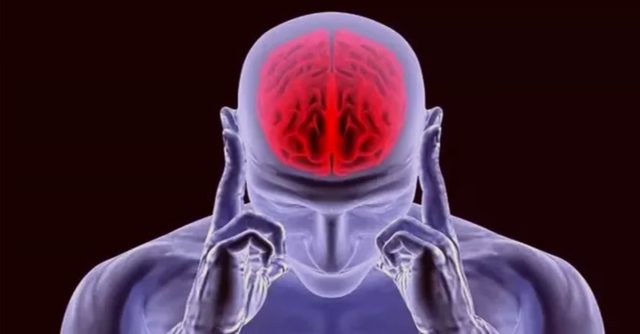How often do you feel anxious? If you experience agitation and sweaty palms whenever you walk down a poorly lit street at night, you can thank a set of ‘anxiety cells’ deep inside your brain.
Anxiety is a natural reflex that helps a species survive in the harsh environment. This means that the brain must have a place where it produces this feeling. To find where this source lies, a team of scientists conducted a study which could ultimately change the direction in treating anxiety disorders.
In the study which investigated the neurological basis of anxiety in the brain, the scientists managed to pin down the exact cells which produce the signals for anxiety and found a way to silence them.
To do this, the team studied mice exposed to anxiety-generating environments, monitoring the activity of their brain cells. Whenever the mice were exposed to these environments, a certain set of cells at the very bottom of the hippocampus lit up and fired impulses to the rest of the brain.
To further investigate if these cells were indeed causing anxious behavior, the team found a way to control their activity using a technique called optogenetics.
As Mazen Kheirbek, an assistant professor at the University of California, San Francisco, points, the team wanted to see whether the mice would become less anxious if they turned down the activity of those cells.
And once they did, the mice did show more courage and even wanted to explore the same environments which caused anxiety to them in the first place. On the other hand, when they stimulated the cells, the mice showed agitation and anxiety even when they were in environments they would naturally deem safe.
“We call these anxiety cells because they only fire when the animals are in places that are innately frightening to them,” explains senior researcher Rene Hen from Columbia University Irving Medical Center.
The study’s lead author Jessica Jimenez, Ph.D., explains that this breakthrough is one that “opens up new areas for exploring treatment ideas that we didn’t know existed before.”
Although the study is still in its primary stages and no testing has been done on humans yet, the potentials it has opened are ones which allow the scientific community to pin down the source of anxiety in the human brain and even manage to tone it down.
“This is exciting because it represents a direct, rapid pathway in the brain that lets animals respond to anxiety-provoking places without needing to go through higher-order brain regions,” says Kheirbek.
In other words, these anxiety cells are not dependent on learning, which allows researchers to better understand anxiety disorders in humans, and potentially develop new targeted therapies in the future.
SOURCES:
HTTP://NEWSROOM.CUMC.COLUMBIA.EDU/BLOG/2018/01/31/ANXIETY-CELLS-IDENTIFIED-IN-THE-BRAINS-HIPPOCAMPUS/
HTTP://WWW.CELL.COM/NEURON/FULLTEXT/S0896-6273(18)30019-9


